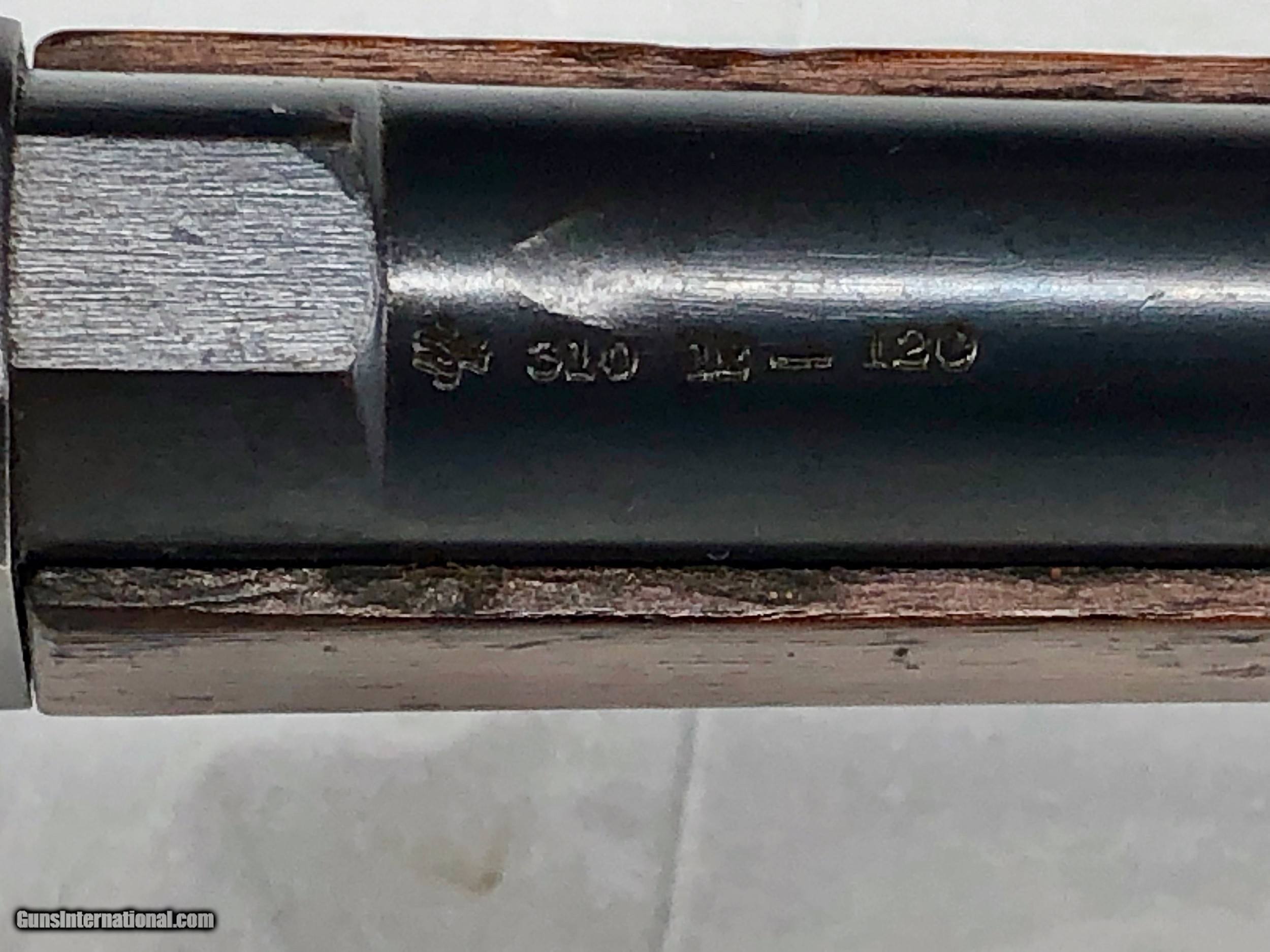

357 Maximum can't be inserted into the chamber, albeit more that say it can. Long strait cases have a problem with the extractor not kicking the shells out, the worst being a 22 mag.That's true. For my own I went with a 32 S&W with an octagon barrel. I have rebarreled more than a few cadets, even one in 357 Max. device, which is no work of art, but works. You could silver solder on a ring-shaped terminal, or a soft steel ball made for slingshot use. If you go for a pistol-grip you could shorten the lever and make it latch on the front end of a steel or horn pistol-grip cap. They are pretty easy stockmaking jobs for the amateur, in British rook-rifle style, and I think you would get better accuracy with a short forend. They look extremely good, and permit easy and firm bedding of a forend without benefit of epoxy. If I had a Cadet which was already an unsatisfactory bubba job, or a disembodied action, I believe I would go for one of the octagonal barrel blanks which are made for the 94 and 92 Winchesters. 32-20 diameter, and the greater bore diameter is likely to cause a misaligned chamber unless a special reamer pilot, fixed or detachable, is used. 32-20 will work well with bullets of the standard. 310 round is a very useful small-game one, and a mould and dies are likely to cost no more than buying your reamer. Like land, they aren't making them any more.Īnyway, the. But even leaving money out of it, it would be a great pity to alter a Cadet in good order, even including alteration of the chamber to use. To judge their money value you would have to examine not just asking prices but what people are regularly getting, which may be a quite different thing.

357 Cadet can be a lovely little rifle - much nicer, I think, than rounds like the. Martini always is a more accurate rifle with the same round.

The re- rifling job almost looks like it's done on Marlin tooling with a micro-grove rifling. Good luck with the conversion, I sure like mine. If you are unable, or don't have the stuff to do this, let a machinist or gunsmith do it. Also, when re-drilling the firing pin hole, a special bushing needs to be made to keep the drill centered in the bolt. A word of caution, the bolt is a hardened part, special precautions are necessary to weld up the firing pin hole and keep from annealing the bolt. Can't remember the sizes, if you need them, I can disassemble and measure. I tig welded the bolt face closed, minimal heat, re-drilled the firing pin hole smaller, turned down the stock firing pin, and all was well. When fired, before repair, it often punched a hole in the primer, the primer flowed into the firing pin hole in the bolt making the action almost impossible to open after firing. The hole for the fireing pin in the bolt is to large along with the dia. Low pressure reloads were fine with it, but standard pressure or above were a problem. I have a early one ( SN#19X ) that has been rebored and chambered to.


 0 kommentar(er)
0 kommentar(er)
